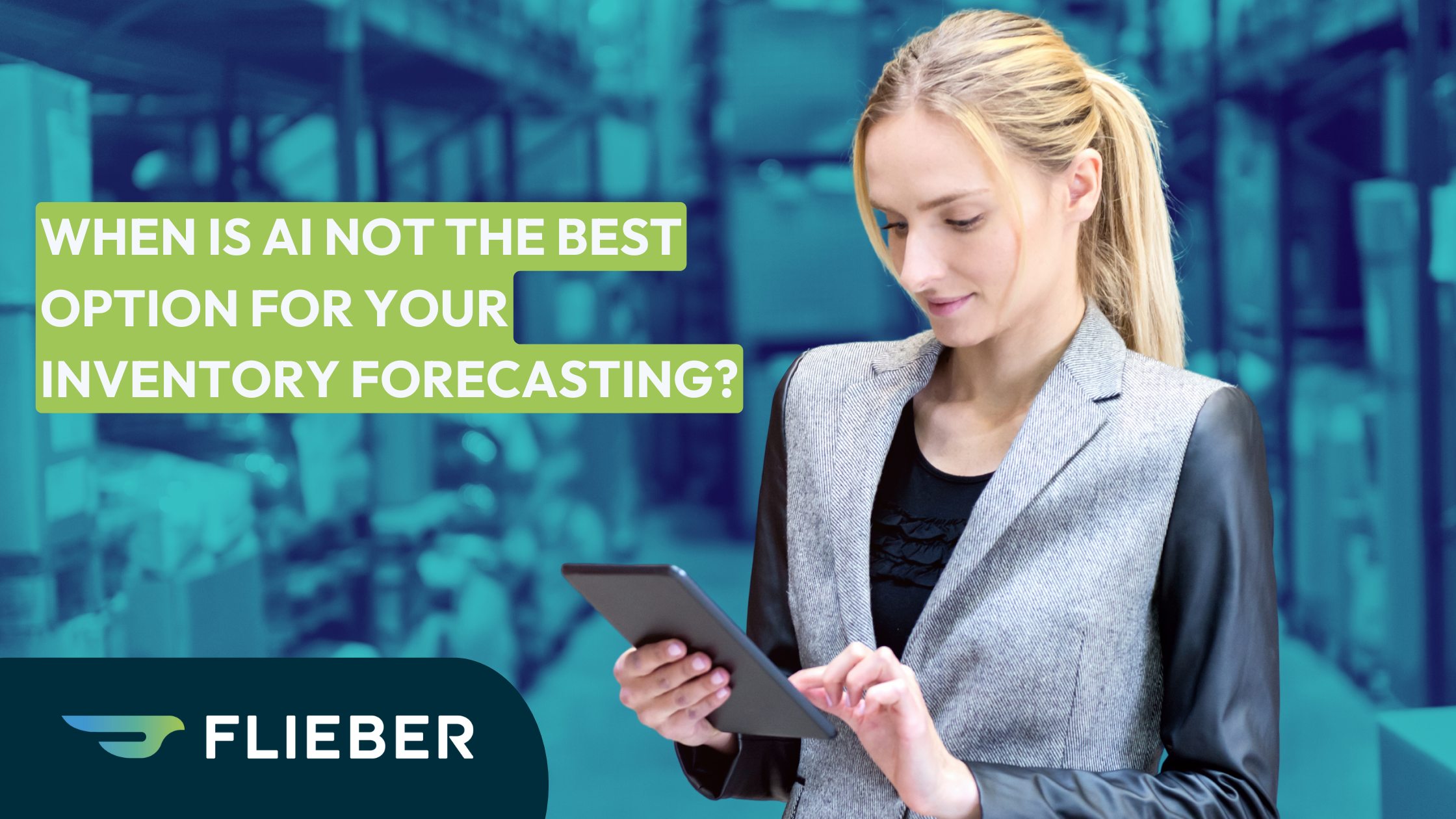The new world of retail isn’t for everyone. Less than 10% of emerging brands make it past the death valley curve of e-commerce. If you’re one of the few online retailers that has found success, you know you can’t afford to let your foot off the gas. From one or two top channels, you’re ready to expand.
According to research, for every three new sales channels you add, you could increase your revenue by up to 190%. The only catch?
The things that got you to $1M aren’t the same things that will take you to $10M+ in annual sales. With each additional channel or market you enter, your retail operations become exponentially harder to manage.
What is multichannel retailing?
Multichannel retailing is the practice of selling products across multiple sales channels, including direct-to-consumer (DTC), marketplaces, brick-and-mortar retail stores, and more. By engaging with multiple sales channels, retail companies can expand their reach and offer customers more options to interact with their brand and products.
for example, if you only sell products on Amazon, you’re a single-channel seller. But the moment you open your Shopify store, you instantly become a multichannel retailer.
What’s the difference between multichannel and omnichannel retailing?
Multichannel retailing and omnichannel retailing are similar in that they both utilize multiple channels to sell products. However, the difference between them lies in how they integrate those channels to deliver a seamless customer experience.
In multichannel retailing, channels are independently managed and operated. Customers may have a different experience on each channel, such as different prices, promotions, product information, and availability. In this approach, the customer experience may not be consistent across all channels.
Omnichannel retailing integrates all channels into one cohesive experience, offering a streamline customer journey and seamless messaging across all brand touchpoints. Customers can switch between channels without experiencing any disruption. Channels are interconnected and data is shared between them, creating a unified, personalized experience.
For example, in an omnichannel setup, a customer might purchase a product in a physical store, then see it instantly show up in their past purchase history on the store’s site or mobile app on their smartphones.

Should you aim for multichannel or omnichannel?
The choice between multichannel and omnichannel depends on your budget, resources, technology, and future plans. Many brands start with a multichannel approach, then weave the experience together for a more omnichannel approach later on when they have more resources to invest in things like headless commerce strategies.
From a cost perspective, omnichannel typically involves a more comprehensive structural and technological revamp, whereas multichannel expansion can be easier to execute incrementally, layering in each new channel over time.
What types of channels can I sell on?
Here are some of the core types of sales channels you can expand to, plus tips on how to know which ones make the most sense for your current stage of growth.
Direct-to-consumer
DTC refers to an e-commerce brand selling its products directly through its own online store or app. In the US, DTC channels are the third most popular of all online sales channels, after marketplaces and supermarkets.
Are potential customers searching for you by name? If you already have some brand recognition on marketplaces like Amazon, expanding to DTC can be a good bet. The downside is, you can no longer be relying on your marketplaces to send shoppers to your e-commerce store. This means you’ll need to put a lot of effort into generating traffic to your site and revamping your marketing strategy.
For success with DTC, you’ll need to embrace multichannel marketing with arms wide open, including a strong search engine optimization (SEO) strategy, solid email marketing list, and growing presence on all the major social media channels in your target customer base.
Major online marketplaces
High-traffic e-commerce marketplaces like Amazon and Walmart make it simple to set up an account, create product listings, branded storefronts, and more. They may also have fulfillment services that can take care of storing, picking, packing, and shipping orders for you. Built-in pay-per-click (PPC) advertising options and content creation solutions can also help drive traffic to your listings.
On the other hand, competition on marketplaces is often steep and fee hikes and rising storage costs can quickly eat away at your margins. You’ll also have to keep up with changes in each marketplace’s rules and requirements, or risk getting your account suspended.
To win on a major e-commerce marketplace like Amazon, you need a targeted strategy for optimizing your product listings, pricing, and promotions on a daily basis to stay competitive.
For Amazon sellers, expanding to Shopify could mean more sales. But it won’t be easy.
Learn how to optimize your inventory for peak sales on both channels.
Niche and emerging marketplaces
Depending on your product categories, it might make sense to join a niche marketplace like Chairish, Chewy, Mercari, or Poshmark.
The pros and cons of these sites depend heavily on what you sell and which site you choose, but in general, they tend to offer lower fees than larger marketplaces. In some cases, they may also provide features like subscriptions, which can help boost recurring revenue.
Depending on the marketplace, you might also get additional perks and services you won’t find on other marketplaces. For example, a furniture marketplace might offer your customers a white glove delivery experience.
In terms of drawbacks, you’ll have less control over your brand image than on your own site or a large marketplace that offers customizable storefronts.
Social media
Depending on your niche, social channels like TikTok Shop and Instagram Shopping could be the right choice as you grow your multichannel business.
One potential downside is that these platforms are prone to constant changes, like Meta forcing adoption of in-app check out and pulling live online shopping. Other challenges can include earning customer trust and opening yourself up to the potential for very public customer complaints in the event that something goes wrong with a product or shipment.
Brick-and-mortar stores
If offering your customers the ability to experience your product would considerably increase your sales and you’ve got the cash to invest in a physical store of your own, it could be worth the leap. A growing number of digitally-native brands are branching out into brick-and-mortar, creating unforgettable in-store experiences that help elevate customer engagement across channels.
This hybrid retail approach can be a major undertaking in the beginning, but it can also pave a path toward lasting brand awareness and reduced customer acquisition costs over the long term. If your own permanent shop is too much of a leap, a pop-up shop could be a lower-risk move to help prove your concept before going all in.
Wholesale
If you want to move into brick-and-mortar, but running your own shop just isn’t for you, partnering with a retail store or opening up a wholesale channel could increase your sales without adding as much risk or responsibility.
By selling your products to privately-owned stores or larger chains, you can increase quantities without increasing the number of individual new customers for you to support. You also get the benefit of leveraging someone else’s strong brand reputation to drive awareness for your products.
But as always, there’s a tradeoff: instead of navigating individual customer service interactions, you have to manage relationships with other businesses. If those relationships aren’t well-managed, you could lose control over how your products and brand are represented.
What are the benefits of multichannel retailing for fast-growing brands?
In the game of modern commerce, competition is fierce. Over half of brands use at least eight different channels to interact with customers, and you can’t win those sales if you’re not there.
Here’s how the right multichannel strategy can help fuel your sales and scale your brand:
- Reach your customer wherever they are: Customer satisfaction may be higher for multichannel brands because modern shoppers value convenience more than ever. With multichannel retailing you can win more sales simply by being present wherever the customer is when they decide to hit the buy button.
- Collect more customer data: Selling on multiple channels can help you gather more customer data and use those insights to increase customer loyalty. With a deeper understanding of shopper behavior across platforms, you can develop new ways of driving future purchases.
- Improve brand visibility and awareness: 73% of consumers shop across multiple channels during a single customer journey. Making your products available across different platforms doesn’t just increase your conversions, it also drives impressions, organic traffic, and brand recognition.
What are the biggest challenges in multichannel selling?
While there’s a lot to love about multichannel selling, there are also plenty of challenges to keep in mind as you branch out to new channels — both on the front and back end of the business.
Here are some of the top challenges you might encounter:
- Providing a consistent customer experience: Research shows that even when people love a company or product, 59% will walk away after a few bad experiences and 17% will leave after just one bad experience. With more channels in the mix, you’ll need to take extra steps to make sure your products and brand are represented consistently.
- Higher costs (versus single-channel selling): Each channel you add comes with its own costs. The more you add, the more important it becomes to have systems that don’t just help you measure sales, but also give you insights into your profitability as you scale.
- Ensuring proper channel integration: With each new channel, you lose visibility into your product catalogs and operations. Integrating various sales channels, such as online stores, marketplaces, and social media platforms, requires a certain level of technical expertise and might involve dealing with different APIs and platforms depending on your tech stack.
- Inventory management: You already had a lot of inventory data to make sense. With even more to keep track of, you could find yourself spending hours each day updating data in your spreadsheets, making calculations, and saving a number of different versions in different folders to make sure you got it right.
- Sales attribution gets more difficult: The more channels you sell on, the harder it is to know which ones are bringing in sales. You’ll need strong data analytics to keep track of exactly how many units you’re selling and where. If you’re not careful, mismanaged advertising and promotions could eat into your margins.
5 ways to build a multichannel strategy that scales
In the beginning, you could get by on tears, sweat, and long hours. But in order to meet or exceed the $10M milestone, you have to lean into the complexity of more products, channels and revenue models.
And that means having an operational model you can scale. Here are five best practices for smoother expansion across various channels.
1. Pick the right channels
You probably already have an idea which channel you want to expand to next. Take time to analyze your target audience, find out how they’re shopping, and which channels they spend time on before they make their purchase.
Here are a few key questions to consider:
- Is this channel a gateway to new audiences? A key touch point for existing customers? Both?
- What channels and/or regions best align with my products and customer demographics?
- Which channels are my competitors selling on? How successful do they appear to be on each one?
- What are the additional costs and fees associated with each channel?
- What steps will I need to take to integrate each new channel into my existing systems?
- How will each new channel impact our current replenishment process?
- What changes will we need to make to our existing retail operations in order to make this channel successful?
No two retail business models are the same. Depending on where you are in your growth journey, you may be looking to pivot away from a reseller-based strategy towards a DTC play, or vice versa. The key is to think through your reasons before taking the time-consuming leap into any new channel.
.png?width=496&height=279&name=Pink%20Minimalism%20About%20Lifestyle%20YouTube%20Thumbnail%20(1).png)
2. Pinpoint the right regions
For some sellers, it may make more sense to scale internationally using the same marketplace where you're already seeing success — for example, from Amazon US to Amazon Canada and Amazon UK. For others, it might make sense to launch a new DTC site in a completely different market.
Consider the following questions:
- Where are my existing customers located?
- What is the size of each potential market?
- How saturated is this market with competitive brands and products?
- What cultural differences and consumer behavior trends are present in each market?
- Which parts of my current infrastructure — technology, 3PLs, staff, etc. — can be scaled across new markets?
- What regulatory requirements or restrictions will apply to my products in this region?
- What changes will I need to make to my shipping, distribution, and supply chain management processes to sell effectively in this market?
As with your channel mix, your international footprint should align with where you are today and where you want to go tomorrow. For example, the team at leading iPad case brand Zugu started selling to specific countries, and shipping the products from the US, to gauge demand in those new markets before expanding to FBA in the Amazon International marketplaces.
“For the international customers, it would take weeks to get our stock delivered to them. But during this time, that was teaching us what the demand looked like in those markets. Once we felt like there was enough demand there, we started opening up FBA in each of those countries,” explains Zugu COO, Jenn Angel. “The product delivery times went from 2+ weeks to 2 days, which basically increased sales overnight. That really helped us grow internationally.”
With this intentional approach, Jenn and the team at Zugu successfully expanded from 3 to 17 countries.
3. Align sales and inventory
Duplicates, errors, inconsistencies. Issues in your sales and inventory data can lead to stockouts, overstocks, and excess inventory. And the risks increase with each new channel or market you expand to. To prevent inventory issues from costing you sales or freezing up your capital, take time to clean and organize your sales and inventory data.
Take the following steps to start feeding your forecasts with clean data:
- Review your sales data and remove duplicates, errors, and other inconsistencies
- Add missing data, like sales on another platform or channel
- Remove low sales figures due to past stockouts or low in stock products and replace them with the average sales you would have sold if inventory had been available
- Remove false signals like sales outliers due to viral campaigns, pricing anomalies, etc.
Every channel you add brings new layers of complexity to your forecasting. And with more at stake, you can’t keep relying on your founders’ intuition to make important decisions about which products to push on which channels.
If you’re using an inventory planning system like Flieber, you can connect your sales channels, identify potential errors that could skew your forecasts, and plan to win on every channel by consistently striking the right balance between sales and inventory.
There are many ways to use Excel to forecast sales and inventory, but how well does it really work? Learn the pros and cons of the most used formulas and templates.
4. Fine-tune your fulfillment strategy
No matter what your multichannel strategy looks like, there’s bound to be an impact on fulfillment.
For example, if you’re serving both retail and wholesale customers from the same inventory location and there's a sudden surge in retail purchases at the same time that you’re receiving bulk wholesale orders, you could run a high risk of stockouts if you don’t have enough inventory available for your wholesale orders.
In this example, you may want to adjust your fulfillment to prioritize wholesale orders and replenishment first, before fulfilling your retail orders.
Here are some questions to think about when considering your fulfillment options across channels:
- Do I have the infrastructure to support multiple fulfillment centers?
- What is the lead time required for each channel?
- How much volume am I handling across each channel?
- What is the cost of each fulfillment method?
- What are the customer expectations for each channel?
- What are the potential risks associated with each fulfillment method?
Whether it’s Amazon FBA, Walmart Fulfillment Services (WFS), or a specialist 3PL, each fulfillment method comes with its own set of benefits and risks. Consider strengths and weaknesses of each and devise a plan to help mitigate the risks and keep your operations profitable.
5. Improve your inventory planning
As you expand not just your sales channels but also your product line, it becomes even more important to have complete, SKU-level visibility into your sales and inventory data.
With the right system, you’ll know exactly when it’s time to replenish on each channel and can avoid a scenario where you’ve accidentally gone out of stock on one channel because you consumed all your inventory on another.
Look for an inventory planning and replenishment tool that will help you:
- Add channels without the data mess: Your inventory software should make it easy for you to plug in your existing spreadsheet and instantly start forecasting your sales across all channels.
- Stay on top of inventory levels: No matter how your fulfillment network is structured, make sure you take advantage of automation to get instant alerts so that you always know when to replenish at each location.
- Track your margin contribution: With the ability to analyze your profits by product and channel, you can understand which channels are worth your time, and which products to launch in new markets.
The more data you have, the more important it is to bring those insights together in one place for better, faster decision-making as you expand.
Build a multichannel retail strategy you can scale
In the fast-moving game of modern commerce, there is no such thing as one-size-fits-all. With more brands selling on more channels, your inventory planning needs to be customized to what works for your unique business.
As you expand into new channels and markets, you need complete visibility into your sales, inventory, and supply chain data. And that’s exactly what Flieber gives you.
With Flieber’s customizable inventory planning platform, you can easily add channels as you expand, without having to worry about whether you’re outgrowing your current systems and processes. Keep the spreadsheets you love, and let Flieber tell you everything you need to know to make the best decisions for your multichannel business.
Try it free for 14 days and start building an inventory strategy that covers all the right bases.




.png?width=400&height=100&name=Blue%20Modern%20Game%20Button%20Twitch%20Panel%20(400%20x%20100%20px).png)


